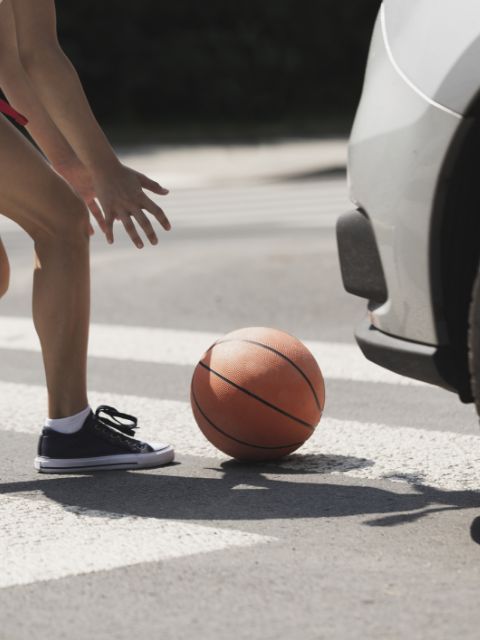
Will self-driving vehicles help improve traffic and pedestrian safety? Many officials at the U.S. Department of Transportation believe this to be the case, which is why they created a regulatory framework for automated vehicles. A handful of states — including California — have now legalized their use.
However, self-driving cars still have their fair share of critics. A 2017 Deloitte study found that nearly 75 percent of Americans do not trust autonomous vehicles. With companies like Google, Tesla, Audi, Toyota and others rolling out a slew of vehicles equipped with onboard sensors and various types of AI, some project that autonomous capability could be standard in the U.S. as soon as 2030.
Will automated cars drive safer around pedestrians?
Unlike humans, automated cars – in theory – will behave more predictably on the roads. Distraction will be taken out of the equation completely, as there will be no temptation to answer a phone call, read a text message or attempt to steer while eating a burger. In addition, these self-driving cars will have automated systems installed to “sense” their surroundings and avoid hitting people.
One new start-up, Drive.ai, is taking a unique approach to automated vehicle technology, by focusing more on “teaching” cars about human behavior. The company is studying ways to incorporate the norms of human and driver behavior into on-board vehicle computers, allowing the cars to communicate with pedestrians. In addition to the technology for controlling the vehicle, these new models will be equipped with a roof-mounted system that may use a combination of light, sounds, text and motion to communicate with pedestrians and other motorists. The automated interface might tell a pedestrian or cyclist when they can safely cross the street, while inching forward could tell another motorist to yield.
The startup is planning on testing these self-driving vehicles in California this month.
As companies refine their automated vehicle technology with a view toward making roads safer with fewer accidents, only time and real-world experience will demonstrate if pedestrians and cyclists will benefit.
Automated cars in California raise legal questions
The advent of automated vehicles also raises numerous legal questions. How will self-driving cars be regulated for safety by the state and federal government? Will on-board pedestrian communication systems will be mandatory or optional on all vehicles? How will insurance claims be handled in the event of an accident or fatality? Who is held liable if a self-driving vehicle injures or kills a pedestrian or motorist?
Smart vehicle technology is an exciting field that promises a future with fewer accidents and deaths. However, self-driving vehicle accidents raise complex liability issues that are best explained by an experienced attorney. Explore your legal options today by calling L.A. pedestrian accident lawyer Sean Salamati for a free consultation. Mr. Salamati is renowned for his tenacious representation and successful case results for car accident victims throughout southern California.
Protect your rights to just compensation. Call 1-888-259-4060 to arrange a no-obligation case review.
Additional Resources on Self-Driving Cars & Pedestrian Safety:
-
- StreetsBlogUSA, Self-Driving Cars Should Accommodate People, Not the Other Way Around http://usa.streetsblog.org/2017/07/25/self-driving-cars-should-accommodate-people-not-the-other-way-around/
- Technology Review, New Self-Driving Car Tells Pedestrians When It’s Safe to Cross the Street https://www.technologyreview.com/s/602267/new-self-driving-car-tells-pedestrians-when-its-safe-to-cross-the-street/
- WIRED, SELF-DRIVING CAR ‘GUARDIAN ANGELS’ PROTECT YOU FROM YOURSELF https://www.wired.com/story/self-driving-car-autonomous-guardian-angels/
